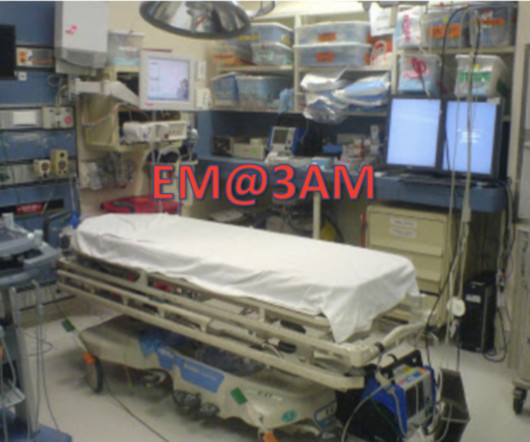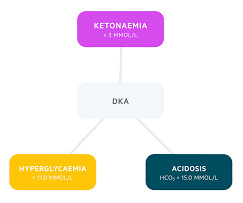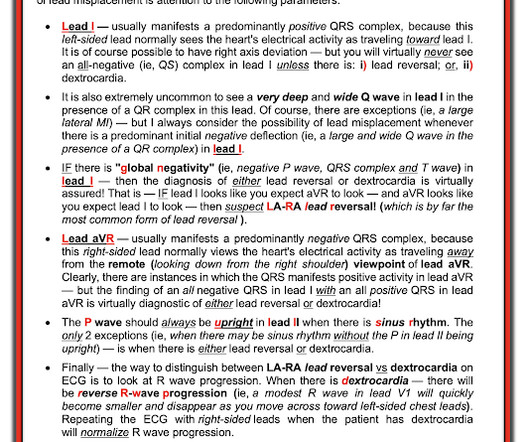EM@3AM: Hyperthermia
EMDocs
DECEMBER 16, 2023
Evaporative cooling is the preferred method to actively reduce body temperature in the emergency department , as it can be performed with ongoing resuscitation efforts. As you attempt to examine the patient, he has a generalized, tonic-clonic seizure. What is your diagnosis, and what are your next steps in evaluation and management?














Let's personalize your content